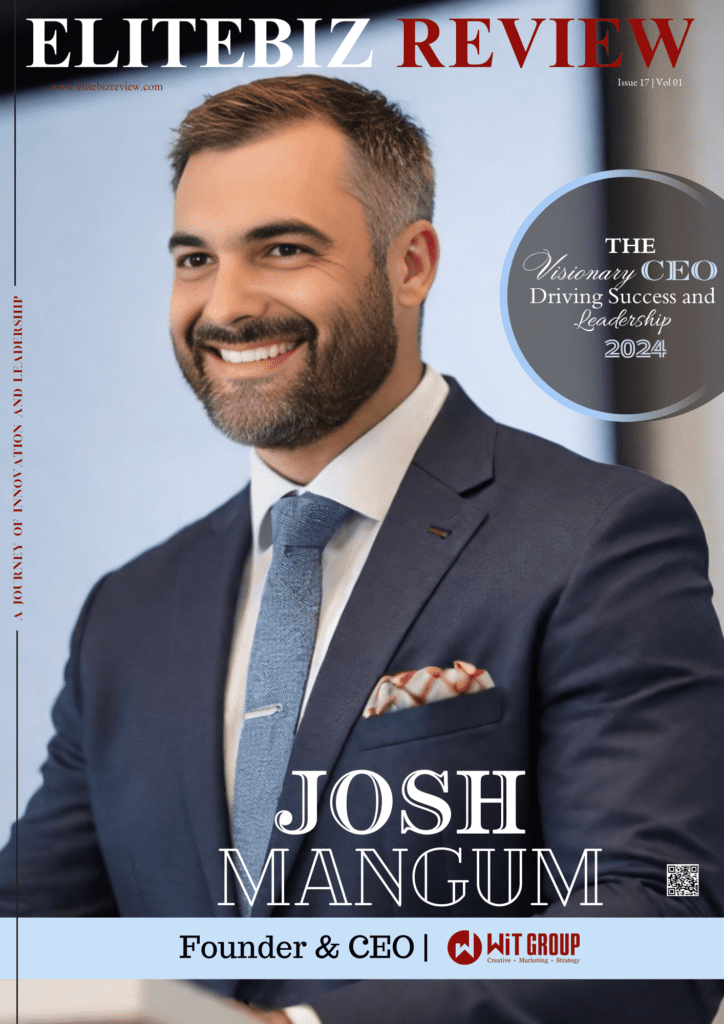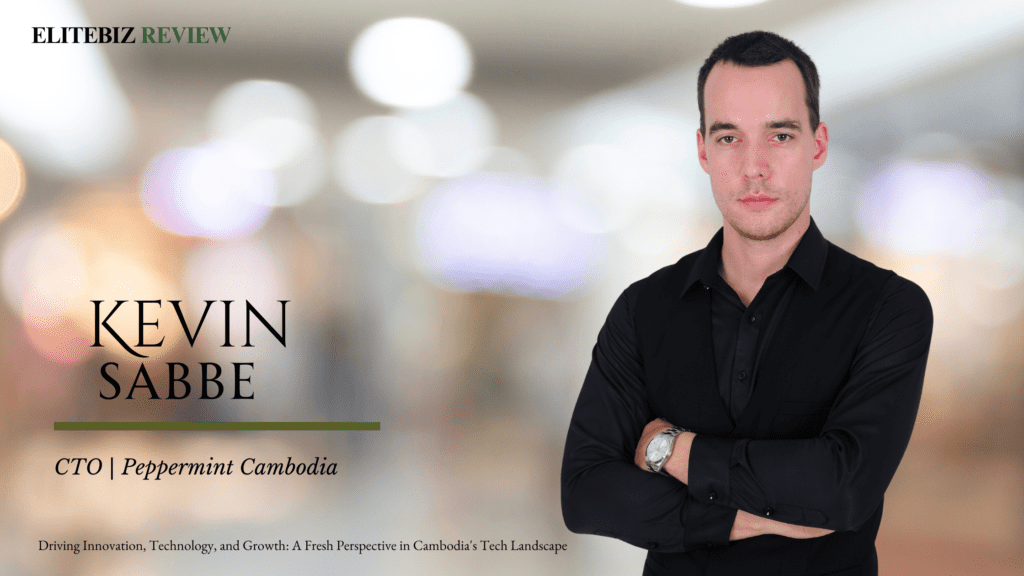Josh Mangum: Rethinking The Way Digital Marketing Works Through Vision And Innovation
Digital Version Josh Mangum stands at the forefront of digital marketing not by following trends but by setting them. As the Founder of WiT Group, he has transformed obstacles into opportunities, leading his team with a blend of bold innovation and strategic insight. This profile delves into Josh’s unique journey—from his early career decisions that defied conventional wisdom to the creation of a performance-driven agency that consistently exceeds expectations. Early Career and Inspiration Josh Mangum’s entry into digital marketing was a decisive and strategic move during a period of market saturation. Graduating in 2008, Josh faced a competitive job market with limited opportunities for new marketing professionals. Seizing this moment, he chose to focus on digital marketing, an emerging field with boundless potential and fewer competitors. This decision was driven by a clear vision of positioning himself at the forefront of a transformative industry. In 2011, Josh founded WiT Group with a bold mission: to establish a performance-driven agency that consistently delivers exceptional client results. The agency’s guiding principle, embodied in the motto “Whatever It Takes,” reflects Josh’s commitment to overcoming obstacles and achieving client success. This foundational philosophy has been instrumental in shaping the agency’s approach and growth trajectory. The onset of the COVID-19 pandemic in early 2020 presented an unprecedented challenge for WiT Group, coinciding with the agency’s official transition to a full-service model. Josh’s leadership during this crisis was marked by adaptability and resilience. Faced with the need to adjust the agency’s pricing model and manage complex operational issues, Josh navigated these challenges with a blend of strategic insight and innovative solutions. His efforts ensured that WiT Group weathered the storm and emerged from the pandemic stronger and more resilient. “Strategic moves often arise from recognizing unique opportunities in challenging markets.” Starting WiT Group: A Story of Persistence WiT Group’s Objective-Based Marketing (OBM) model is unique, setting it apart from other traditional marketing agencies. The approach concentrates on aligning clients’ objectives with their marketing strategies so that each activity aims to obtain measurable outcomes rather than finishing tasks. One example demonstrating how WiT Group applies OBM is its work with Financial Advisor Training Institute. To address user experience and functionality concerns, the team began overhauling the out-of-date and ineffective website. The website was successfully modernized, leading to an increase in leads and enrollments that substantiates the results-oriented approach as productive. In this respect, the case study demonstrates how a strategic concentration on customer objectives can drive significant growth and success. Accountability and performance are the defining characteristics of the OBM approach. Unlike traditional agencies that may offer a broad range of services, WiT Group’s strategies are created to achieve specific client goals. This commitment to results and performance has been a key driver of the agency’s success and a defining feature of its approach. “Accountability is the cornerstone that sets us apart from traditional agencies.” Leadership and Team Development As the leader of WiT Group, Josh Mangum has experienced numerous rewarding moments, particularly witnessing clients’ success and team members’ professional growth. From guiding startups to achieving remarkable milestones to observing team members evolve from entry-level roles to key leadership positions, these experiences have been a source of great pride for Josh. One notable achievement is the professional development of Aidan Eaton, who began as an intern in 2017 and has since risen to the role of Managing Partner and Creative Director. This transformation exemplifies the growth opportunities available within WiT Group and reflects Josh’s commitment to fostering talent and celebrating team achievements. Josh’s leadership style fosters a culture of innovation and excellence. At WiT Group, the performance-driven model naturally encourages creative solutions and continuous improvement. This focus on results and innovation has been instrumental in the agency’s success and its ability to maintain a leading position in the digital marketing industry. Innovative Marketing Strategies and Industry Insights Josh Mangum has been involved in Inbound Marketing for over a decade, an experience that has given him a lot of knowledge about the future of this industry. He highlights several major trends influencing digital marketing, such as embedding AI technology, expanding the scope of marketing platforms, and reenergizing creative advertising. AI technology, being part of promotion initiatives, provides better solutions to improve effectiveness and productivity. The possibility to integrate AI in different areas of marketing is important to Josh; therefore, he stresses that it is crucial to find a balance between transforming technological contribution with human creativity and strategic thinking (Mangum, 2017). This ensures his marketing campaigns are inventive and innovative to achieve client results. As one trend, Mr. Mangum observes that there is growing diversification in terms of marketing platforms. Instead of sticking with traditional Google or Amazon Ads, businesses are increasingly being exposed to various digital environments, including niche ones like Reddit and Twitter. This also means that companies should be either platform-specific agencies or have competence across diverse channels for their marketing services. Additionally, there is a resurgence of interest in creative and story-driven advertising. As the industry moves away from purely data-driven approaches, there is a growing demand for innovative and engaging creative strategies. This shift towards storytelling and creativity reflects a desire for more meaningful and impactful advertising experiences. “Innovation and storytelling are reclaiming their importance in advertising.” Embracing Automation and AI Automation and AI serve as strategic components of WiT Group’s marketing strategies, employed to enhance both efficiency and effectiveness. AI tools are used for research, process optimization, and improving meeting recaps. Still, Josh remains committed to ensuring that human decision-making and creative thinking are at the heart of successful marketing strategies. Josh’s approach to AI emphasizes its role as a supportive tool rather than a replacement for human insight. By leveraging AI for research and optimization while focusing on creativity and strategic thinking, WiT Group ensures its marketing strategies are innovative and effective. Data and analytics are also central to the agency’s approach. By working closely with clients to understand their goals and establish effective performance metrics, WiT Group develops strategic








